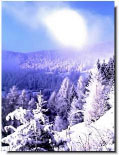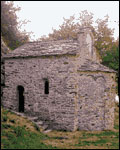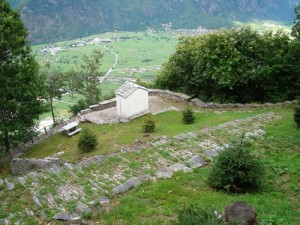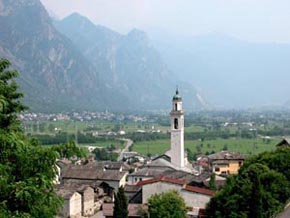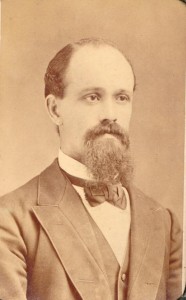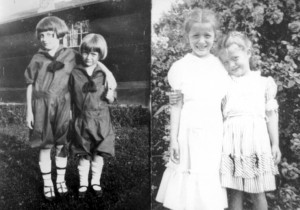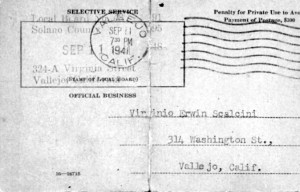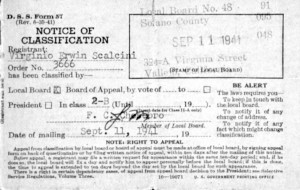Another favorite, especially on Friday’s, was Nonni’s gnocchi’s. She made the simple peasant style flour gnocchi’s covered in garlic butter and plenty of cheese. Below is the traditional potato gnocchi recipe and Nonni’s simple version.
Gnocchi Recipe
Potato Gnocchi (Basic Recipe) 1 lb. baking potatoes ; white flour, salt Wash 1 lb. baking potatoes and cook in lightly salted water (without peeling). When ready, drain, peel and mash them through a potato ricer, and place on a pastry board or marble surface. Add a small amount of salt and as much white flour as necessary to make the dough soft enough not to stick to your fingers. You don‘t have to knead the dough too much, just long enough blend all the ingredients. Cut a piece of the dough and, coating your hands with flour, roll the dough into a long cylinder about the thickness of your index finger. Then cut the cylinder into pieces about l-in. long. Shape into shells Repeat until all the dough is used, trying to handle the dumplings as little as possible. Finally, place the gnocchi on a flat surface sprinkled with flour without overcrowding. (Nonni usually used the peasant recipe: Flour gnocchi: Flour water salt and a little olive oil.) Drop the dumpling gently into a large pot of boiling water. (Don’t overcrowd) boil until dumplings rise to the top. Remove with a slotted spoon and place in a colander to drain.
Slice 10 gloves of garlic (or more) and brown in butter until crisp and butter has taken on a nutty brown color. Plate the gnocchi and pour on the garlic butter and gently toss. Top with an ample amount of grated parmesan cheese.


